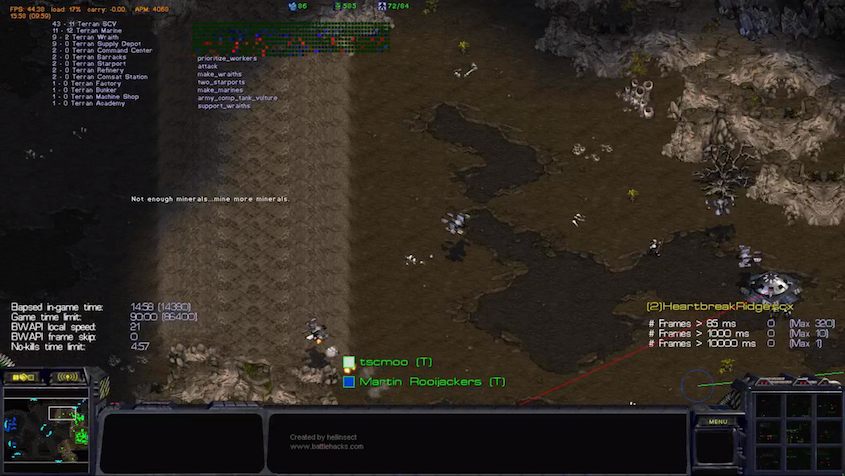pathing 3 - hierarchical algorithms based on A*
As the next step in tracing the development of A* methods, I picked this older paper from 2004 by Adi Botea, Martin Müller, and Jonathan Schaeffer of the games group at the University of Alberta:
Near Optimal Hierarchical Path-Finding
Links to code in the paper are expired, unsurprisingly. The presented algorithm seems OK to me (it’s about saving time by accepting a slightly worse path), but I was most interested in the literature review from pages 5-8.
They talk about a bunch of algorithms based on A* but in some way more efficient. These fancier algorithms are hierarchical, with at least two levels of abstraction. If there are two levels, then the higher level is something like “go through these map regions” (maybe giving border points to pass through), and the lower level is more like “go through these points within a region.” Finding a path means doing a hierarchical search to find a high-level path (“go through these regions”) and a low-level path (“go through these map grid points”). Each level may be an A* search itself.
Note: This is not the same kind of hierarchical search that I promised to talk about, though it’s related. Pathfinding hierarchies have only a simple form of abstraction.
My conclusions:
The hierarchical search, if it has two levels, goes something like this: The top-level search plans a path through map regions. To find the cost of traversing a region (“go from this choke to that one”), it calls on the low-level search. The low-level search should cache answers, because it’s going to be asked the same questions frequently. Details vary by algorithm but seem easy enough to figure out.
Maps are dynamic. Not everything stays put. In Starcraft, blocking minerals can be mined out and map buildings can be destroyed. Your own and the opponent’s buildings and units act as physical obstacles too. For full accuracy, the low-level search has to take everything into account. Ideas I’ve seen so far for coping with this within the A* family seem to amount to “replan if the map changes,” which is OK for occasional changes like the destruction of map obstacles.
Be lazy. Not only maps are dynamic, goals are dynamic too; before you reach the end of your path, you may change your mind and want to go somewhere else after all. So don’t spend cpu time to plan the whole path in full accuracy. Make sure the high-level path is good and plan only your immediate moves in full accuracy. One idea is to have a quick low-level search that only takes into account map features and a full-accuracy low-level search that takes everything into account.
Group movement is important in Starcraft, and this paper doesn’t talk about it. You usually want your units together (not straggling separately past obstacles, or taking different bridges when they might find trouble before joining up again), and if the enemy is around then you care about good formation. That deserves another post.
Next: One or two posts about the latest in the A* family. I still have reading to do, so probably not tomorrow.







